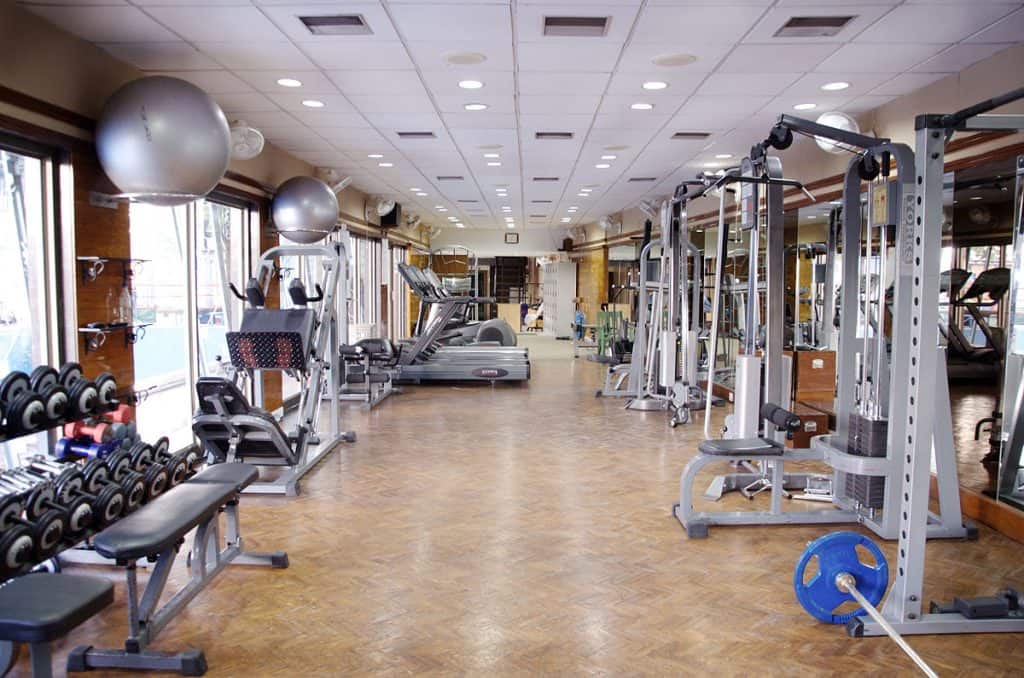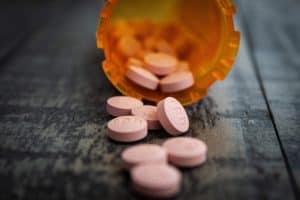
Hotels, gyms and restaurants carry highest COVID-19 spread risk, new study says
pharmafile | November 11, 2020 | News story | Research and Development | COVID, coronavirus
Reopening hotels, gyms and restaurants carries the highest risk of spreading coronavirus, according to a new study.
In a study published in Nature, researchers at Northwestern University and Stanford University used mobile phone data from 98 million people to model the risks of infection at different locations. This was carried out between March and May in American cities. The research teams looked at where people went and for how long, and how many others were there and what neighbourhoods they were visiting from. They combined this information with data on the number of cases and how the virus spreads to create infection models.
These locations are ripe for superspreader events, according to the study. In many countries, superspreader incidents are the prime vehicle for spreading the virus, as opposed to individuals infecting other individuals. The study states: “Our model predicts that a small minority of “superspreader” points of interest (POIs) account for a large majority of infections and that restricting maximum occupancy at each POI is more effective than uniformly reducing mobility.”
It added that the model, “also correctly predicts higher infection rates among disadvantaged racial and socioeconomic groups solely from differences in mobility: we find that disadvantaged groups have not been able to reduce mobility as sharply, and that the POIs they visit are more crowded and therefore higher-risk.”
One of the locations they used in the model was Chicago. The model predicted that if the city’s restaurants were opened at full capacity they would generate 600,000 new infections. If the city capped occupancy at 20%, it would cut the new infections down by more than 80% while the restaurants would only lose 42% of regular customers at peak times.
The study also states that full lockdowns are not always the answer to curb infection rates, and cutting down capacity while increasing the use of masks and enforcing effective social distancing measures could help businesses continue to run while minimising the spread of the virus.
Marc Lipsith, one of the authors of the study from the Harvard TH Chan School of Public Health, said: “Further model testing is needed, but given the challenges in gathering and interpreting other relevant data types, these findings could have a valuable role in guiding policy decisions on how to reopen society safely and minimise the harm caused by movement restrictions.”
Conor Kavanagh
Related Content

More than 13,000 women report period changes after COVID vaccine
The number of women who have reported changes to their period to the MHRA after …

Pharmafile.com’s top 10 news stories of the week
In the last week, a number of new developments have made the news; for COVID-19, …

Pharmafile.com’s weekly COVID-19 news round-up
The past week has continued to see positive COVID-19 news; CytoDyn’s treatment for patients with …








